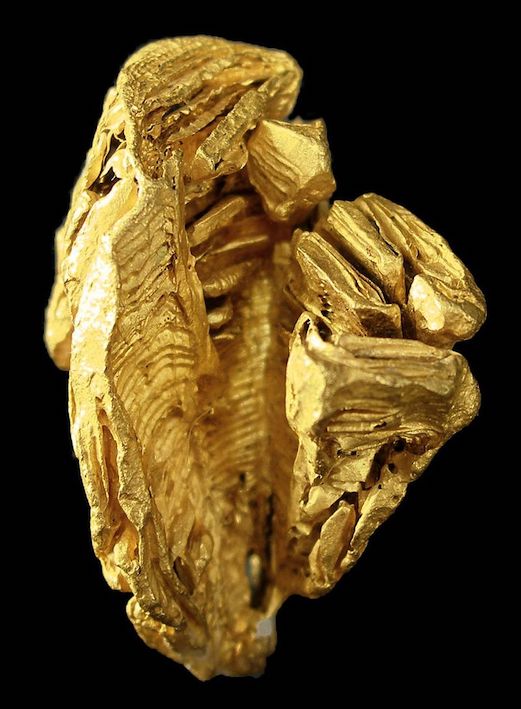I am sure all Venezuelans feel proud every time a natural beauty is mentioned in their region especially if one talks about wonders such as the Gran Sabana or the largest river in South America "the Orinoco".
So If you want to have a little more knowledge about this majestic area, Orinoco and Caroní rivers, make yourself comfortable and discover everything you need to know.
The Orinoco River, also known by the Indians as Warao, meaning a place where you can navigate, this river is considered the largest in South America and was documented for the first time by the same Christopher Columbus who mentions it in his journals as being in front of a marvel of infinite water represented the paradise.
This giant river is born in Venezuela and measures an approximate of 2150 kilometres in length, thus representing one of the most spectacular water wonders in the world, even a small part of the river is present in Colombia it is ending in the Atlantic Ocean. It also has an approximate of 800 tributaries about 200 major and 600 minor.
The formation of this huge river occurred long before the arrival of Christopher Columbus to the continent. It is believed that the creation of the river took place in the Cenozoic Era which extends from 66 million years ago to the present day. From a mere water pond, over the years, due to the lifting of the tectonic plates, the proliferation was on the rise causing the extension of water that we nowadays know as the Orinoco River.
Speaking of the tectonic plate movement, one can say that it is the main reason why the Orinoco River is in Venezuelan country, all due to the rapid movement of the Falcon mountain ranges, which caused the river to flow into the country’s interior.
It is possible that if the movement was not so fast, the river would still circulate to the north of Venezuela, the current condition undoubtedly benefits the jungle area of the delta.
The Caroní River is the second most important river in Venezuela since its length is considerably about 950 kilometres starting from Kepenan tepuy, from which the name of the river comes from.
One of the most important references of the Caroní River is that it flows into its main basin, which is the Orinoco River. From the union of these rivers a legend has been born, where Caroní represents the woman and the Orinoco the man, the legend is known as the lover’s myth.
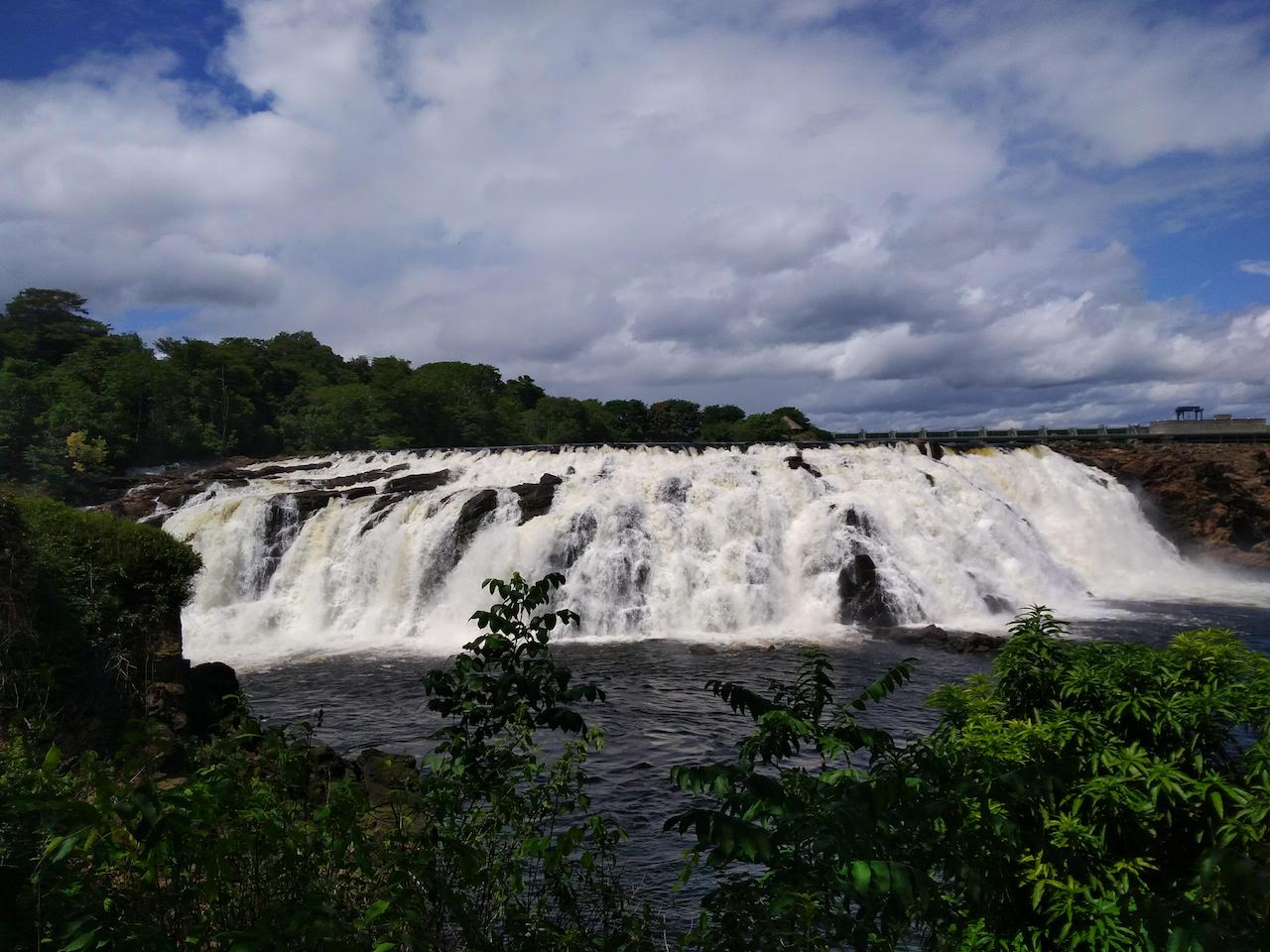 Caroní River in La Llovizna National Park, Puerto Ordaz, Photo: @highonthehog
Caroní River in La Llovizna National Park, Puerto Ordaz, Photo: @highonthehog
This legend transcends through the indigenous cultures, it tells the story of two lovers Orinoco and Caroni, two rivers that wanted to be together, but like in all romances in the world, there are obstacles that arise. The gods opposed the encounter for no reason, but this did not stop the lovers from skirting the mountains and defeating every tributary that tried to interpose.
From a bubbling kiss of fresh water, the Caroni and the Orinoco found themselves walking hand in hand to the blue ocean to be together forever.
A beautiful story that explains the union of these great rivers and, watching them come together truly warms the heart.
Generally, the rivers provide many advantages for the towns and communities near it, however, in the case of the Orinoco and Caroní rivers, many more advantages are found, especially in order to benefit the population and supply the economy of the state of Venezuela.
There are many people who travel to the Bolivar State to see these majestic rivers, as well as contemplate its fauna and flora. Apart from the large economic supply for tourism, it is also necessary to remember that many enterprises and micro companies have positioned themselves in the villages near these rivers with the intention of exploring mineral resources such as hydrocarbons, stones such as diamonds, gold and iron.
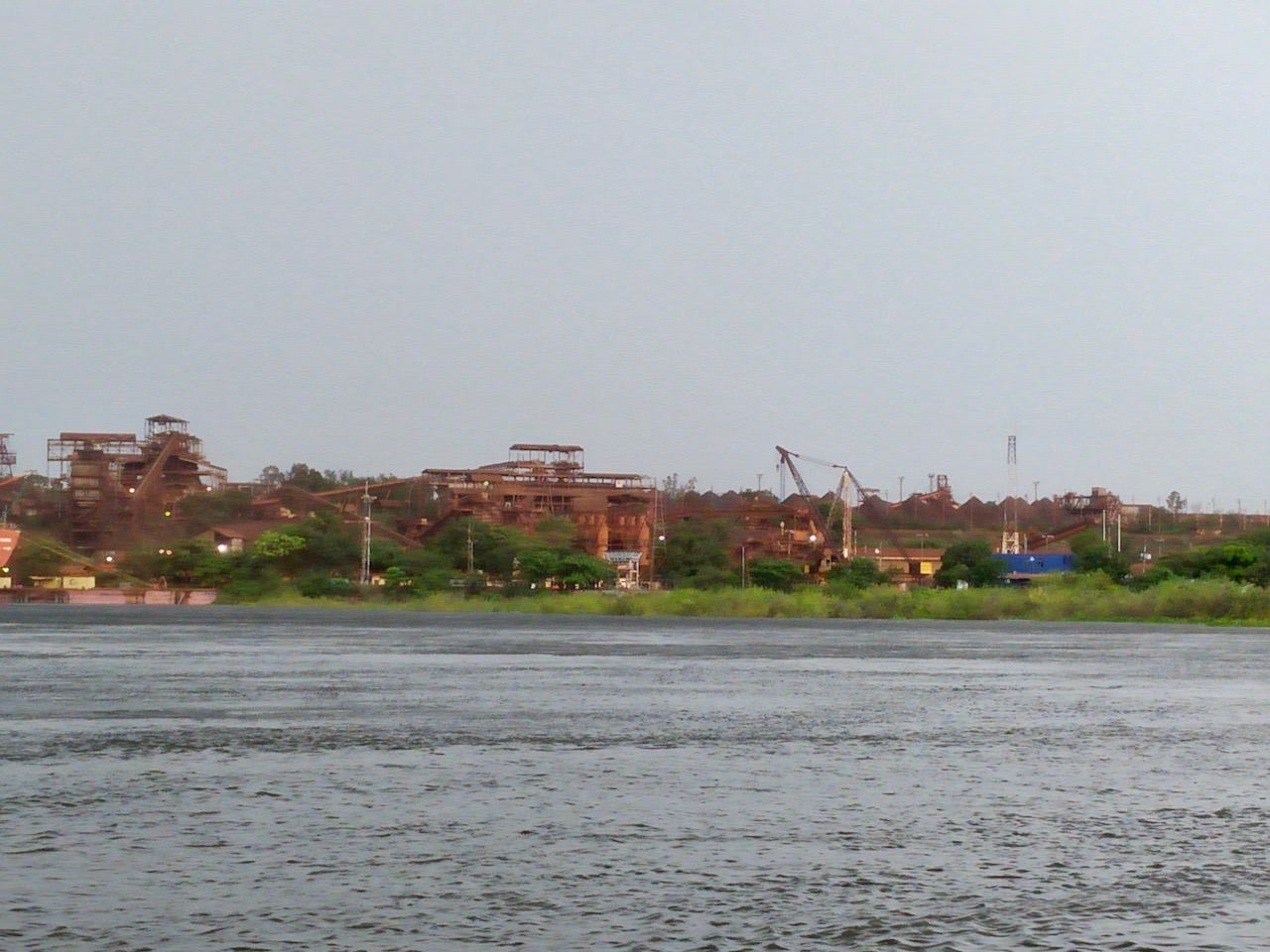 Iron Plant, Puerto Ordaz, Photo: @highonthehog
Iron Plant, Puerto Ordaz, Photo: @highonthehog
The Gran Sabana is recognized for its wide region that consists of more than 10000 square kilometres of territory, having among its domains one of the most emblematic national parks of the country, the Canaima National Park. The temperature is humid and can reach up to 20ºC and at night it can descend to almost 12ºC and in the higher places, the cold can be more noticeable.
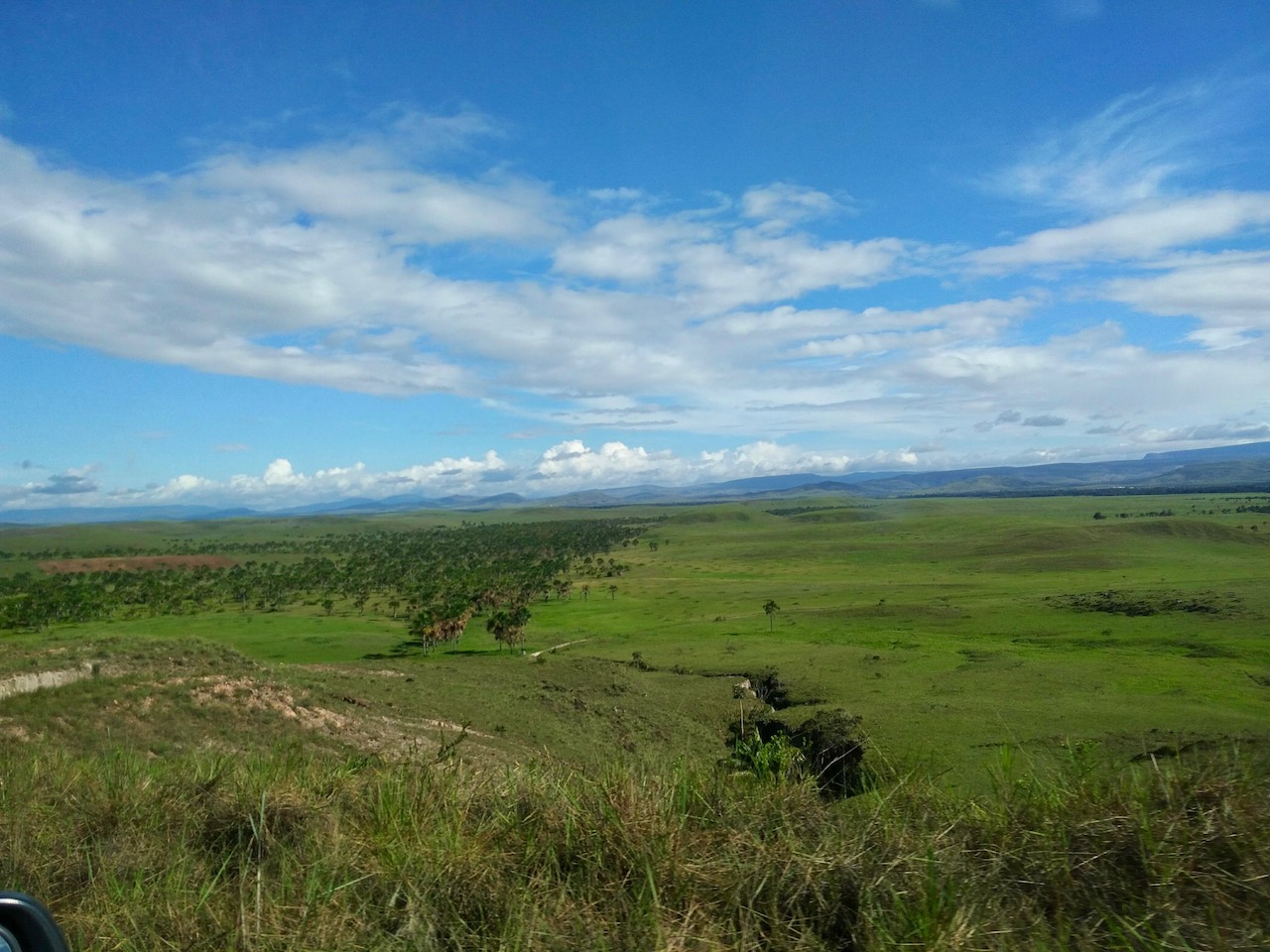 Gran Sabana, Photo: @highonthehog
Gran Sabana, Photo: @highonthehog
The exploration of the territory of the Gran Sabana dates from the arrival of the colonists, with the legend of El Dorado, where precious stones and much gold were promised, from which many could desist because access to many areas was so difficult. There are still places in its territory that have not yet been explored by a man, it gives an idea of how huge it is.
Canaima Park is known as a UNESCO World Heritage Site, likewise, the Bolivarian Government of Venezuela established laws to take care of the park and avoid unnecessary exploitation in search of minerals and precious stones such as diamonds, gold and others.
One of the most emblematic stories of the Gran Sabana is the one about the Cuyuní bridge, which is believed to be designed by Eiffel himself. According to the legend, the bridge bearing the name of Simón Bolívar was being transported to Peru, but the ship's navigator had made a mistake and directed the ship to the area of Gran Sabana.
Due to the error and the cost of disassembling it again, it was destined to be sold to the current government of Juan Vicente Gómez. At first, the bridge had been assembled in Guárico, but it was not used much, so the officials decided to move it to Cuyuní river, where it is now. The population is looking forward to it to be considered a cultural heritage monument to guarantee its maintenance.
Another amazing tale is the one about the stone of the Virgin, which is the first attraction of the Canaima park. It has acquired its name for two reasons, according to the inhabitants of the place, when the dynamite explosions were set off to make a sufficient space for the future roads, this was the only stone that had no apparent damage, therefore, one could conclude it is a virgin stone. The second is, its figure is very similar to the silhouette of the virgin in white.
One of the artistic representations of fiction dedicated to the Gran Sabana is the novel by the Scottish author Arthur Conan Doyle. "The Lost World" where he recounts the appearance of prehistoric animals in a land of South America, the exact location is on Mount Roraima, the story exemplifies an idea of interpretation of an ancient world that remains present in our time, at least back in 1912.
There are many other legends and stories in the park, all available to anyone who wants to discover a unique story and have a special experience to tell upon their return.
Speaking in relation to the flora of the place, we must say that the vast amount of vegetation and species that exist in the Gran Sabana is impressive, this is due to the climatic changes that are found in this biome, the ecosystem varies in relation to the height, temperature and humidity.
Flowers and other plants are adapted to the acidic soil through the decomposition of sandstones, among the vegetation that we can get in this area are predominantly Rutáceas, Theaceae, Aquifoliaceae and Sapotaceae.
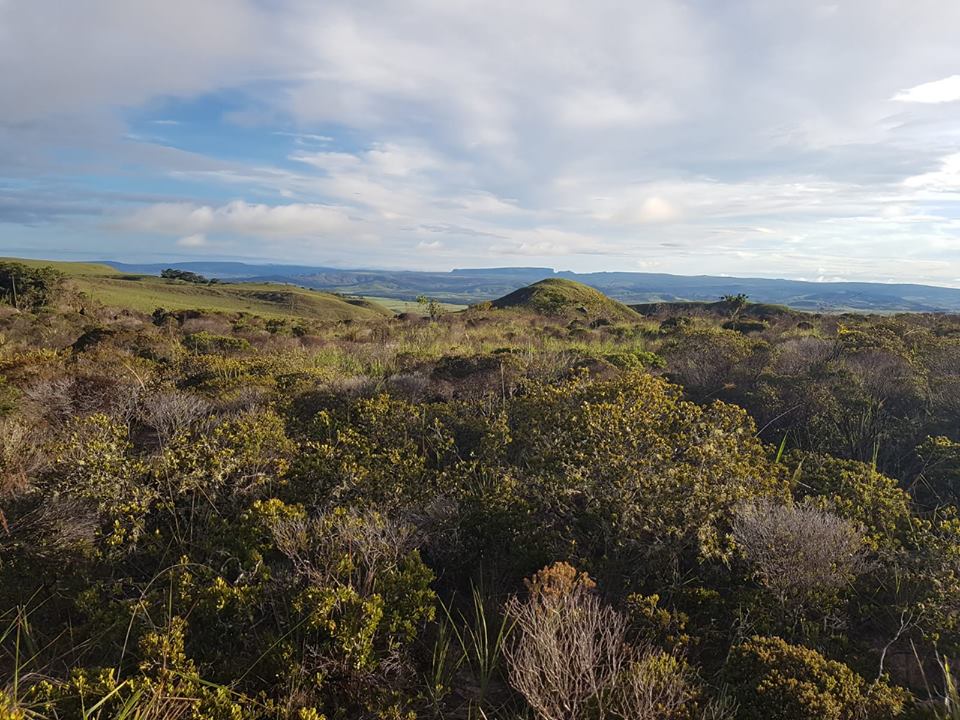 Plants and the view at Tepui Chiricayen, Photo: @highonthehog
Plants and the view at Tepui Chiricayen, Photo: @highonthehog
With respect to fauna, it is clear to say that there are infinities of insects, amphibians, mammals, birds, this is mainly due to the great variety of climates and ecosystems found in the Gran Sabana.
From El Dorado to Santa Elena, it is not very common to find large animals that dominate in the area, this is because these are prairies, animals often visit forest areas and jungles.
Among the most common species are the anteater, an ocelot, an otter, boa constrictor, monkeys, harpy eagles, and many other influential species in the area of Bolivar state.
Minerals and precious stones abound in the Gran Sabana and for this reason, the government of Venezuela has established laws for the protection of Canaima Park. Thus to protect the territory from illegal miners, there are also conditions to exploit valuable minerals such as diamonds, cobalt, iron and of course gold.
Concluding this article, one can see in beautiful Venezuela huge and impressive territories full of stories, animals and flowers that adorn any photograph that brings amazing memories. Sites that represents peace, timeless beauty, which at the same time is being gradually destroyed by mining for precious minerals.
Authored by @highonthehog
References
Photos: @highonthehog
Images: sources linked below
-
Helferich, G., Humboldt's Cosmos: Alexander von Humboldt and the Latin American Journey that Changed the Way We See the World, Gotham Books, New York, 2004
-
MacKee, E.D., Nordin, C.F. and D. Perez-Hernandez, The Waters and Sediments of the Rio Orinoco and its major Tributaries, Venezuela and Colombia, United States Geological Survey water-supply paper, United States Government Printing Office, 1998
-
Cortés, Carlos E., Multicultural America: A Multimedia Encyclopedia, SAGE Publications,2013
Click on the coin to join our Discord Chat

Vote @adsactly-witness for Steem witness!
Witness proposal is here:
Witness Proposal
Witness Proposal Update
Go To Steem Witness Page
In the bottom of the page type: adsactly-witness and press vote.
 Use small letters and no "@" sign. Or, click here to vote directly!
Thank you!
Use small letters and no "@" sign. Or, click here to vote directly!
Thank you!

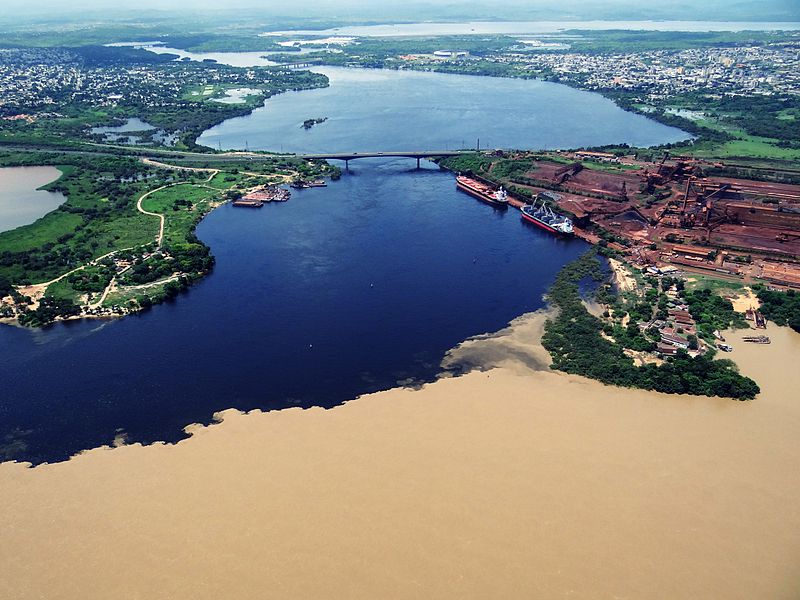



 Use small letters and no "@" sign. Or, click here to vote directly!
Thank you!
Use small letters and no "@" sign. Or, click here to vote directly!
Thank you!
-es.png)
.jpg)
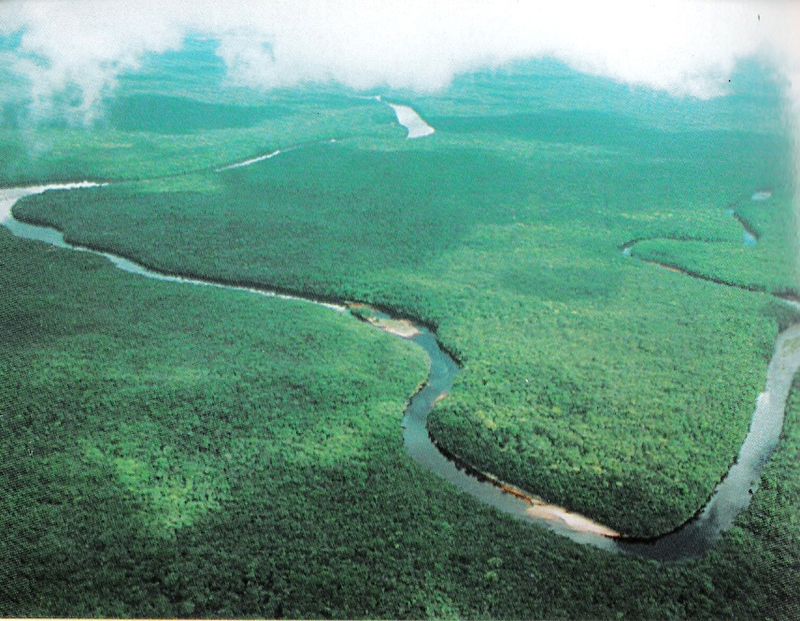

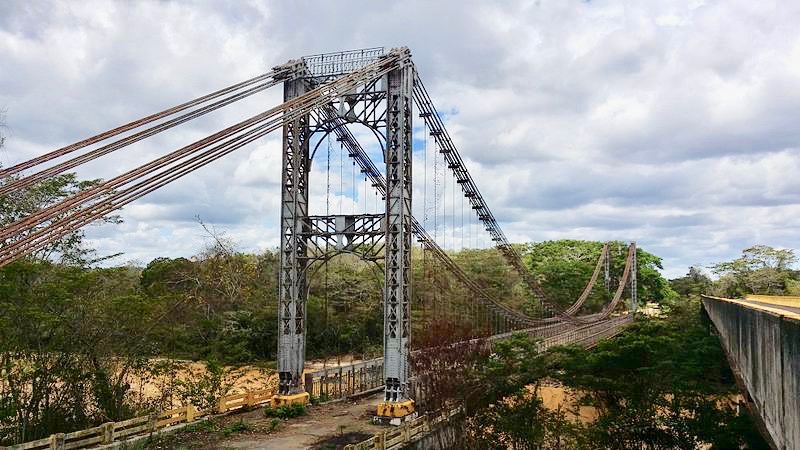
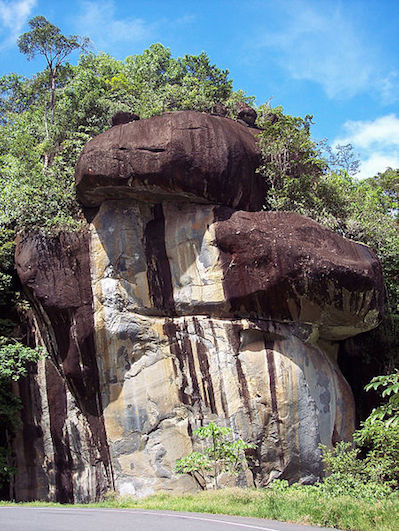
.jpg)
.jpg)
